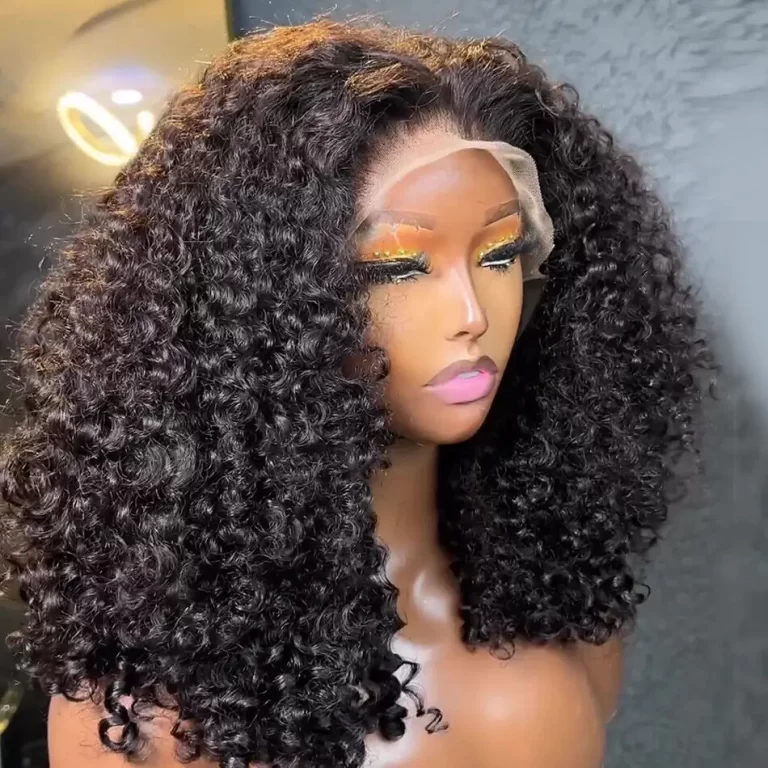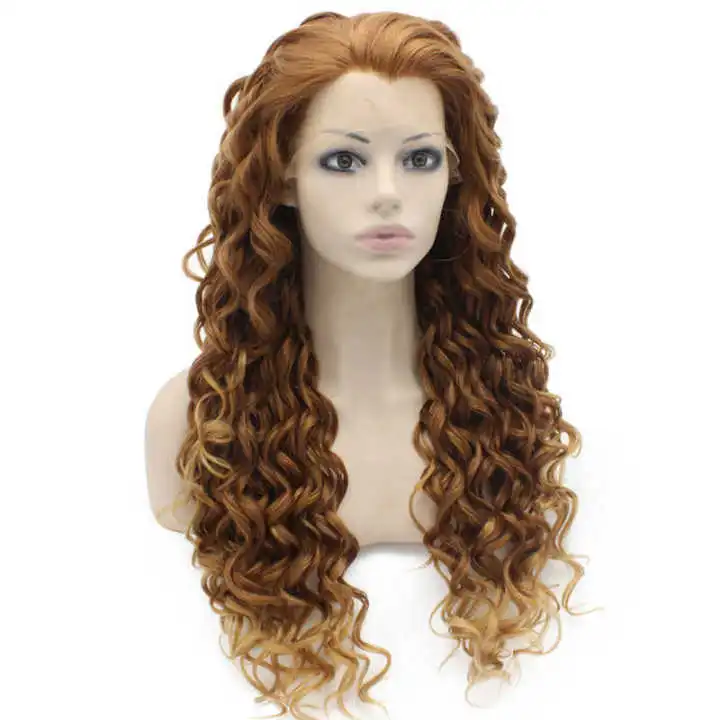
Curly Hair Brushing Guide: Techniques for Perfect Curls
Essential Tools for Curly Hair Brushing
Every curl needs a gentle touch and the right tools to shine. When brushing curly hair, your toolkit defines the health and beauty of your curls. So, what do we need exactly?
Choosing the Right Brush for Your Curl Type
The brush you pick can make or break your curls. For tight coils, look for brushes with wide-toothed designs. They glide through without snagging. Loose curls do well with flexible bristle brushes that move with the hair.
Remember, always opt for brushes with softer tips to prevent scalp irritation and damage to the curls. Matching the right brush with your curl type helps maintain curl integrity and lessens the risk of frizz.
The Role of a Bamboo Hair Pick in Detangling
A bamboo hair pick is a curly hair ally. It’s great for quick detangling and targeted knot removal. Unlike plastic combs, it’s gentle on the hair and doesn’t create static. Plus, it’s eco-friendly.
Use the pick starting from the ends, and move upward slowly. This way, you untangle without pulling too hard on the curls. A bamboo hair pick is a must-have in the fight against tangles and breakage. It’s a delicate tool for delicate curls.
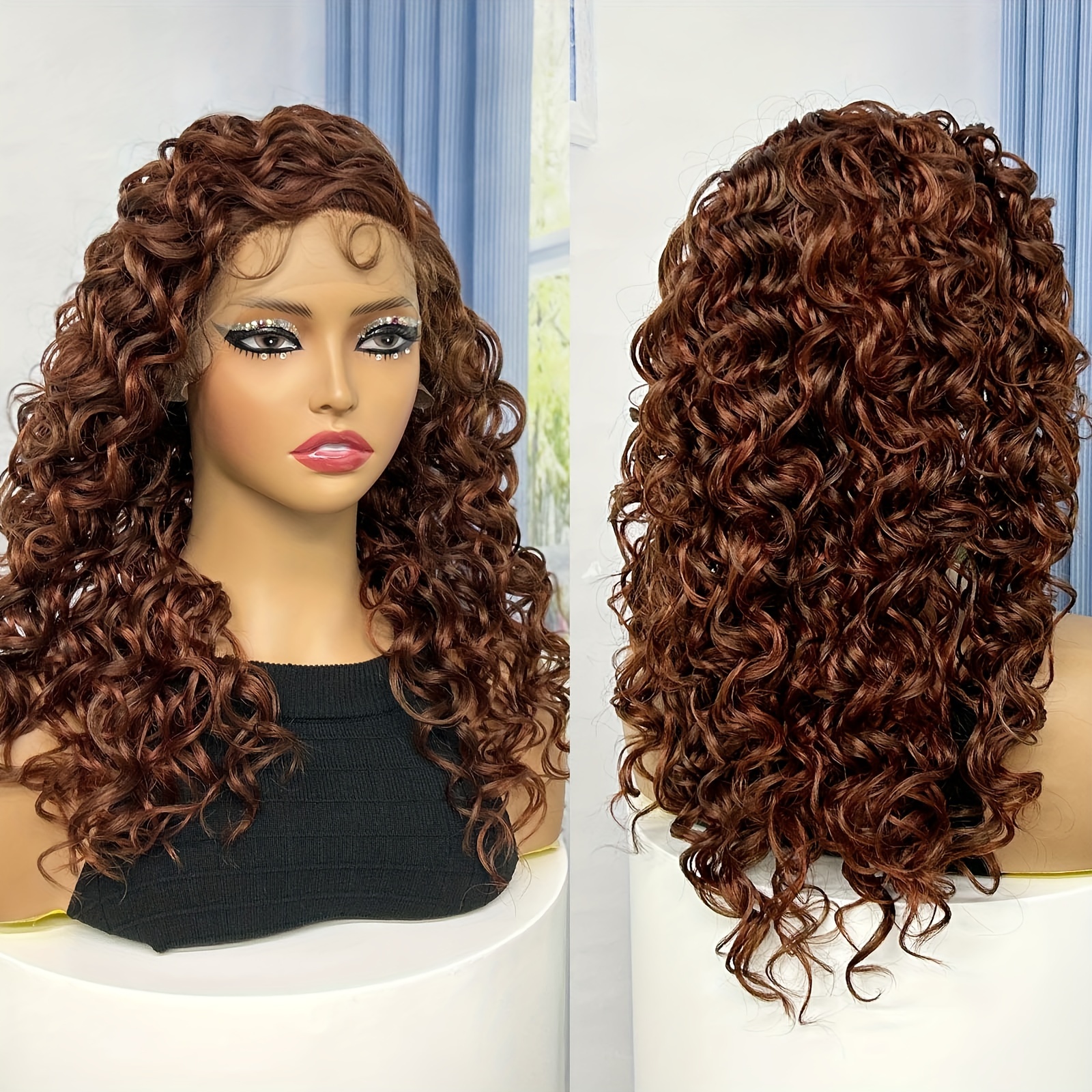
Pre-Brushing Rituals for Curl Preservation
Caring for curls starts before the brush hits your hair. Proper pre-brushing techniques are essential for maintaining healthy curls. Here are steps to ensure your curls stay intact through the brushing process.
Importance of Moisturizing Before Brushing
Moisture is curly hair’s best friend. Before brushing, always apply a quality moisturizer or leave-in conditioner. This step allows for easier detangling and protects your curls from breakage. It helps to soften the hair, making your brush glide smoothly without snagging. Moisturizing reduces frizz, keeps curls defined, and adds a healthy shine.
Strategic Sectioning to Avoid Breakage
To brush curly hair without causing damage, divide it into sections. Use clips to keep sections apart. Start with the lowest layer and move upwards. By handling smaller portions, you avoid tugging at knots and minimize breakage. Sectioning helps to approach each part with care and precision, addressing tangles gently. It is a methodical approach that saves time and preserves curl patterns. Remember, patience is key when detangling curly hair.
Brushing Techniques for Different Curl Patterns
Curly hair comes in many shapes and sizes. Unique brushing methods work best for each type. Loose waves may need a gentle approach, while tight coils require more care. Find what works for your curls and stick to it. Regularly adapting techniques keeps curls looking fresh.
Tips on Brushing Wet vs. Dry Curls
Never brush curls dry – that’s the rule. Dry brushing leads to breaks and frizz. Instead, brush them wet. Wet hair is elastic and forgiving. Start with a leave-in conditioner to reduce friction. Then, brush gently from the tips upward. This method prevents damage and keeps curls intact.
Handling Knots Without Disrupting the Curl Pattern
Knots are a curly head’s enemy. To tackle them, use patience and the right tools. A bamboo hair pick glides through tight spots. Start at the ends, working up slowly. Gently free each knot without pulling. This keeps your curl pattern safe and preserves its beauty. Curl-friendly products can help too. They smooth the way for brushes and picks, easing out knots.
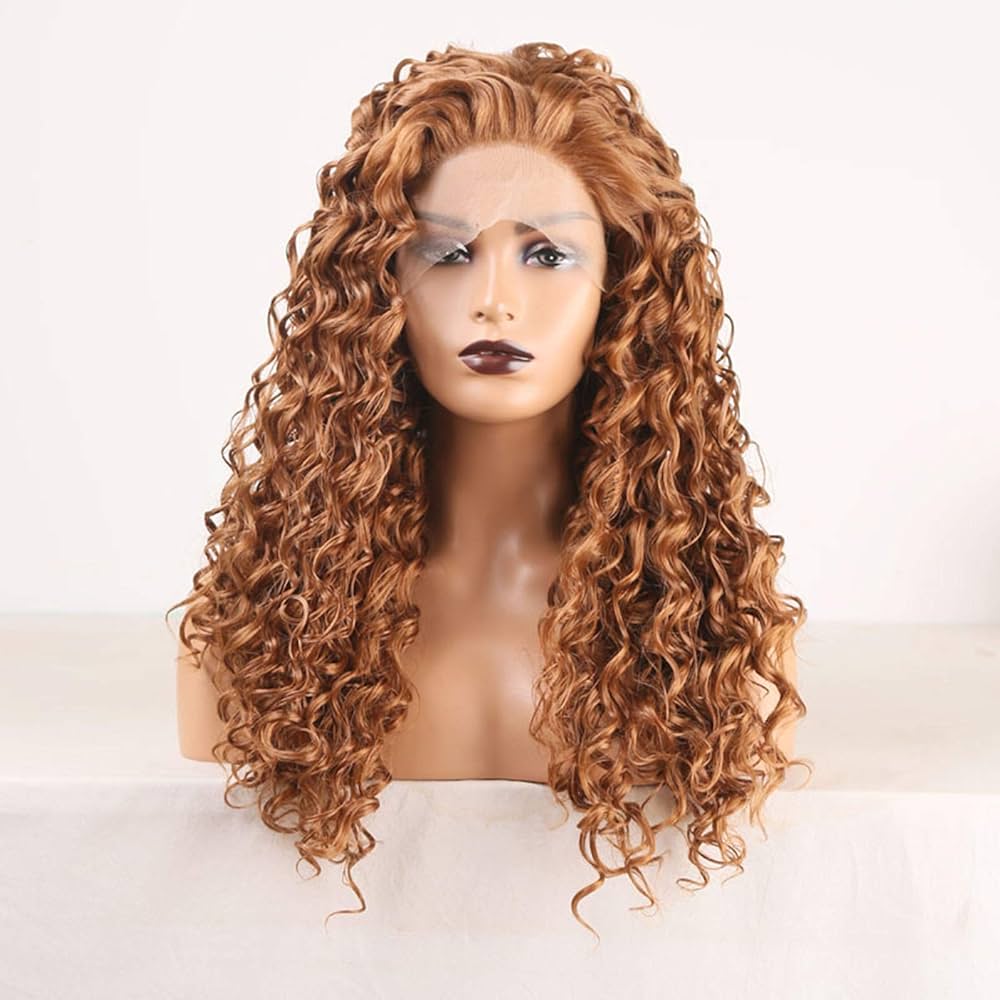
Solutions to Common Curly Hair Brushing Challenges
Navigating through curly hair can be complex, but you can conquer common problems by using the right approach. Understanding how to deal with tangling and frizz and how to brush without losing curl definition will make all the difference.
Dealing with Tangling and Frizz
Frizz and tangles can turn brushing into a nightmare, but not if you’re prepared. Here are some strategies to manage these challenges:
- Use a leave-in conditioner: Apply it liberally to damp hair before you start detangling.
- Brush from the ends up: Tackle tangles at the tips of your hair first. Then, gradually work your way up to the roots.
- Avoid brushing dry: This can cause frizz and breakage. Wet hair is more flexible and less prone to frizz.
- Be gentle: Harsh strokes can create frizz. Stroke your curls softly with the right brush or pick.
Adopt these methods, and you’ll help your curls stay smooth and manageable during and after brushing.
How to Brush Without Losing Curl Definition
Retaining your curls’ shape while brushing is crucial. Here?s how you can do it:
- Pick the right tool: A bamboo hair pick or a wide-toothed brush helps preserve curl patterns.
- Use a curl-defining product: Before you brush, work in a product that enhances your curls.
- Brush in sections: This helps maintain your curls’ integrity and makes brushing more effective.
- Avoid over-brushing: Too much brushing can stretch out your curls. Keep it minimal for definition.
With gentle care and the proper technique, you can keep your curls defined and vibrant after brushing. Your hair will thank you for treating it with the kindness it deserves!
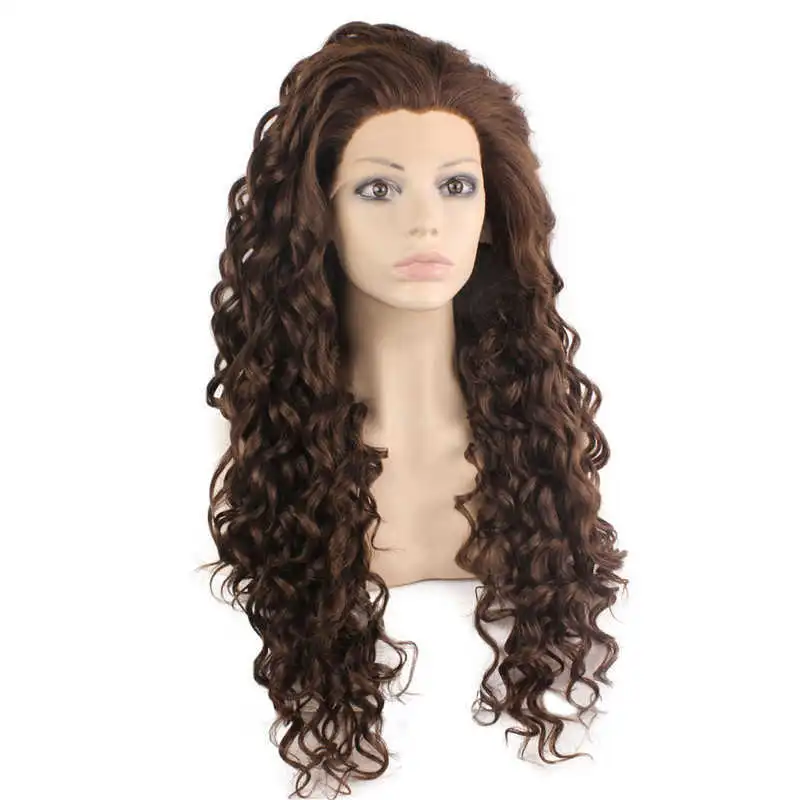
Post-Brushing Care for Long-Lasting Curls
After brushing, taking the right steps can keep curls looking great. Here are key tips:
Techniques to Dry Curls Without Creating Frizz
Drying curly hair right stops frizz. Follow these simple steps:
- Use a Microfiber Towel: Gently squeeze excess water. Don’t rub.
- Apply Heat Protectant: Before using a dryer, always use a protectant.
- Diffuser Attachment: If blow drying, a diffuser attachment disperses air evenly. This means less frizz.
- Air Dry When Possible: Let curls dry naturally when you can. It’s the gentlest method.
These techniques help keep curls smooth after washing and brushing.
Products to Maintain Curl Shape After Brushing
Right products keep curls defined all day. Here’s what you need:
- Curl Defining Cream: Apply it to hold curls’ shape.
- Mousse or Gel: These can add control and shine.
- Serum or Oil: They seal in moisture and shine.
- Refresh Spray: Use throughout the day to revive curls.
Choose products that match your hair type. They should nourish and support your curls. With the right products, your curls can stay defined and vibrant.
Brush Maintenance for Optimal Curl Care
Maintaining your curly hair brushes is critical for healthy curls. Proper brush care prevents debris buildup and ensures your tools function efficiently. Whether it’s a bamboo pick or a flexible bristle brush, keeping it clean will help you manage your curls without adding unwanted residue to your hair.
Cleaning Your Brushes to Prevent Buildup
Regular cleaning is essential for any curly hair brush. Dirt and product can accumulate and transfer back into your locks. Start by removing all loose hair from the bristles after every use. Wash brushes with a mild soap and warm water mixture every few weeks. Rinse thoroughly and let air dry to keep them in top shape. This habit stops build-up and protects your hair’s health.
When to Replace Your Curly Hair Brush
Inspect your brushes regularly for signs of wear. If bristles begin to bend or fall out, it’s time for a new brush. Worn-out tools can snag and damage curls. For a bamboo hair pick, look for splinters or rough edges. Replace your tools every 6 to 12 months, depending on usage. With the proper care and upkeep, your brushes will help maintain your curls beautifully.
FAQs on Brushing Curly Hair
Curly hair requires careful brushing. Here are answers to common questions about how to brush curly hair.
Addressing Concerns About Brushing Frequency
How often should you brush curly hair? It’s a common question.
- Wet brushing: Do it during or after a shower when using conditioner.
- Dry brushing: Avoid it to prevent frizz and damage.
For daily maintenance, a gentle finger-combing or using a wide-toothed comb can be enough. Brush more thoroughly only when fully wet, aiming for 2-3 times a week, depending on your hair’s needs.
Best Practices for Curl-Friendly Brushing
Good brushing techniques keep curls intact. Follow these best practices:
- Start with products: Apply leave-in conditioner or detangler before brushing.
- Section hair: Divide into manageable sections for less stress on strands.
- Use proper tools: A bamboo pick or wide-toothed brush prevents breakage.
- Be gentle: Apply minimal pressure to avoid disrupting curl patterns.
Using these methods should keep your curls well-defined and healthy. Remember, every curl is unique; adapt these practices to what best suits your hair’s texture and pattern.
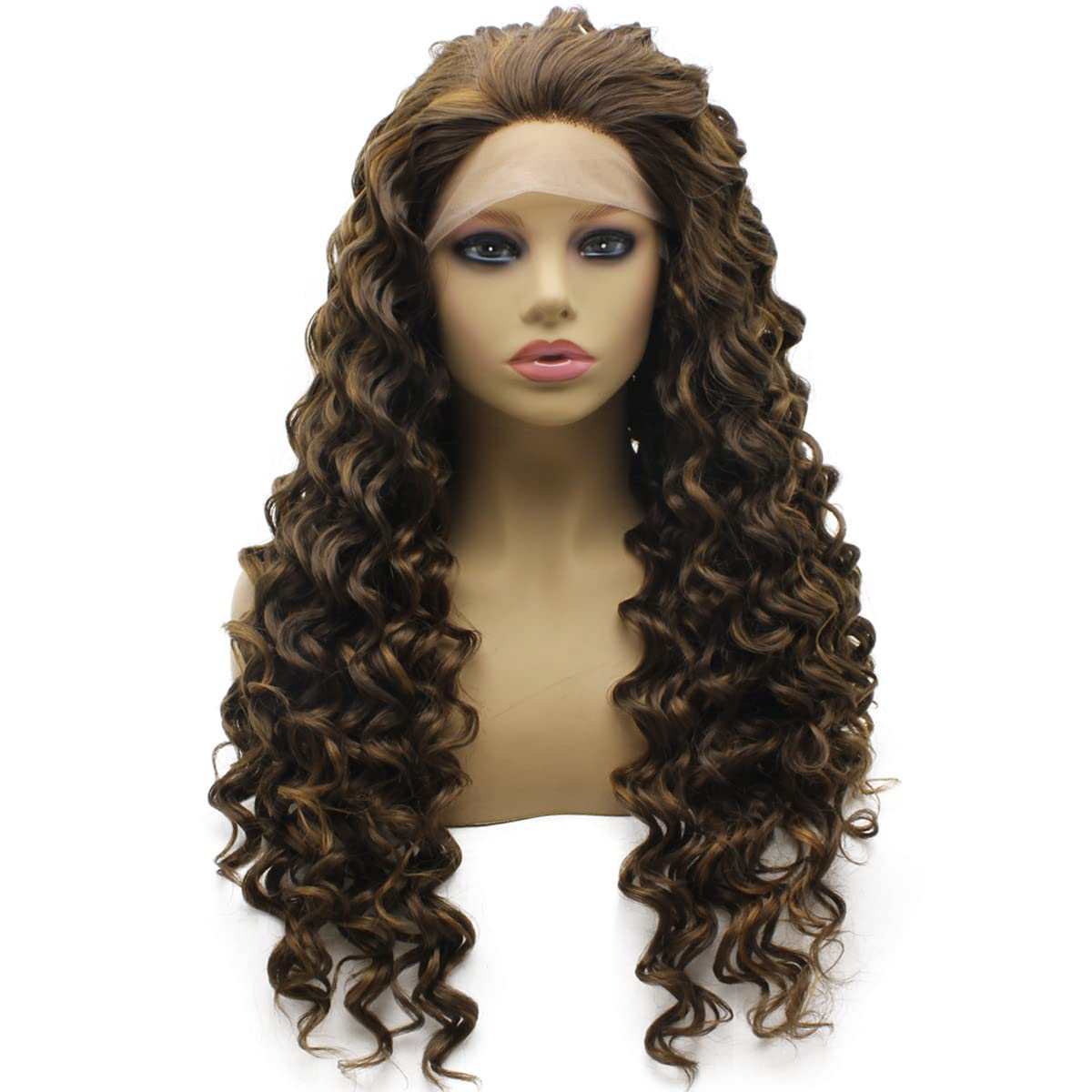
Conclusion: Mastering the Art of Brushing Curly Hair
Brushing curly hair requires a gentle approach and the right techniques. Understanding the unique needs of curly textures helps in maintaining healthy and beautiful curls.
Always apply a leave-in conditioner or curl cream prior to brushing. This adds moisture and reduces frizz. Using a wide-tooth comb or fingers helps detangle without breaking the curl pattern. Start at the ends and gradually work your way up. This method prevents damage and minimizes knots.
Timing is Key
Brushing curly hair, when damp, is ideal. The moisture allows for easier detangling, which leads to less breakage. If curls are dry, look for hydrating sprays or oils to help soften the hair before brushing. Additionally, brushing right after washing is a great way to shape curls without destroying their natural form.
Investing in the right tools is essential. A wide-tooth comb or a detangling brush is a must-have for curly hair. Avoid traditional brushes, as they can disrupt the curl pattern and cause frizz. Using a tool designed for curls ensures a smoother detangling process.
Be Mindful of Technique
Adopt a technique that suits individual curl types. For looser curls, a light touch works wonders. Conversely, coarser curls may need more deliberate detangling. Remember, the goal is to separate curls without losing their definition.
In summary, brushing curly hair can be simple and effective when using the right methods. Focus on moisture, timing, and tools to keep curls looking vibrant and healthy. With patience and care, beautiful, bouncy curls are within reach.

